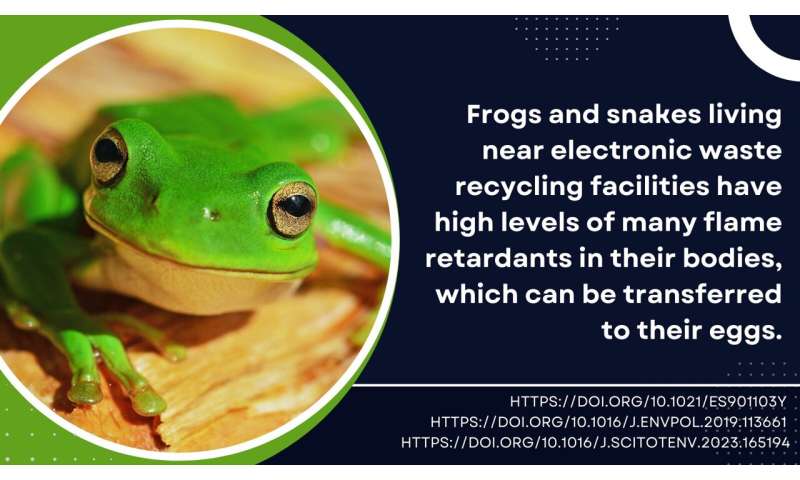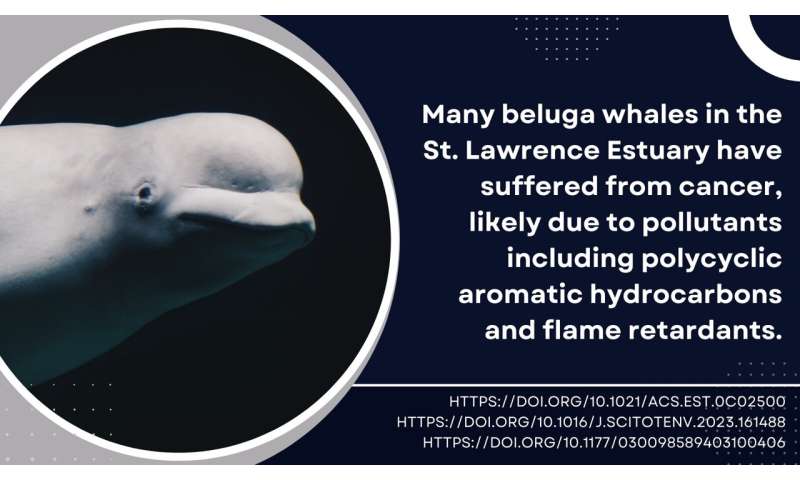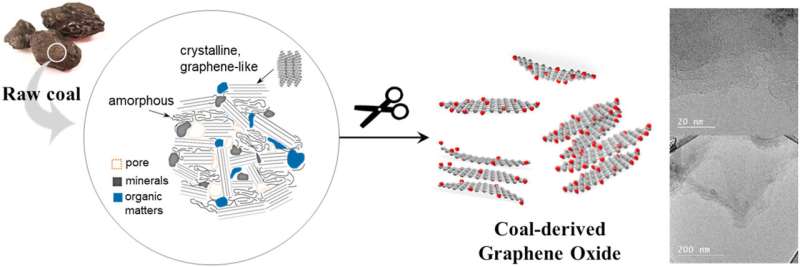Federal grants for pollution remediation increase property values around the Great Lakes

Nearly $1.23 billion has been spent by the U.S. government since 2004 on the cleanup of toxic pollutants in waterways resulting from manufacturing activities in historic areas around the Great Lakes.
Now, a new University of Michigan study finds that federal grants aimed at remediating these "Areas of Concern," or AOCs, had a positive notable and statistically significant effect on housing prices within about a 12-mile radius of specific regions on all five Great Lakes.
Published in the Journal of Public Economics, the research shows that the initial designation of these AOCs lowered property values by an average of $25,700 per house. However, the subsequent awarding of federal grants to clean up these areas raised property values by an average of $27,295 per house—resulting in a net-positive benefit of the AOC program.
"Federal grants have positive effects on property values that outweigh the remediation costs," said study co-author Michael Moore, professor of environmental economics at the U-M School for Environmental and Sustainability. "The programs are a success story from an economic perspective."
The 30 locations designated as AOCs were assessed to have the most environmentally degraded surface water—rivers, lakes and bays—connecting to the Great Lakes.
Key findings include:
- Impact of AOC listing: The dissemination of new public information regarding the extent of environmental degradation had a notable negative initial impact on housing prices.
- Effect of federal grants: AOC grants positively influenced housing prices, suggesting that residents and homebuyers in the region value improvements in water quality as reflected in housing prices.
- Beyond AOC: The positive impact of AOC grants extends beyond housing prices, potentially benefiting the local economy through community revitalization, commercial development, tourism, and other economic activities.
"Our analysis shows that funding for cleanups can have a powerful impact on surrounding areas and can work to combat stigma effects of the initial negative information shocks," he said. "Sheboygan, Wisconsin, is an outstanding example of a waterfront that has been transformed from an industrial area into a vibrant community."
The U-M study also highlights the need for future research into the impact of an AOC delisting, as well as the consideration of additional remediation benefits to individuals beyond the roughly 12-mile radius, including tourists and those valuing the existence of restored natural areas.
More information: Alecia Cassidy et al, Cleaning up the Great Lakes: Housing market impacts of removing legacy pollutants, Journal of Public Economics (2023). DOI: 10.1016/j.jpubeco.2023.104979
Journal information: Journal of Public Economics
Provided by University of Michigan Economist finds link between park funding, home values




 More than 150 species of wild animals across every contintent are contaminated with harmful flame retardant chemicals. Credit: Green Science Policy Institute
More than 150 species of wild animals across every contintent are contaminated with harmful flame retardant chemicals. Credit: Green Science Policy Institute






